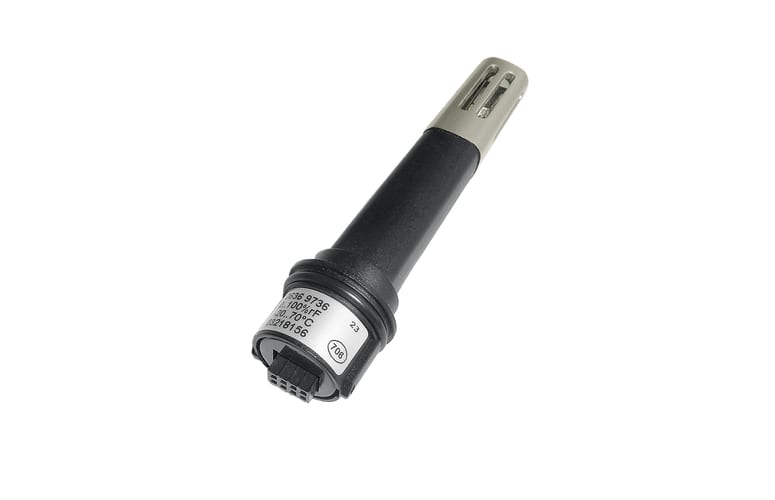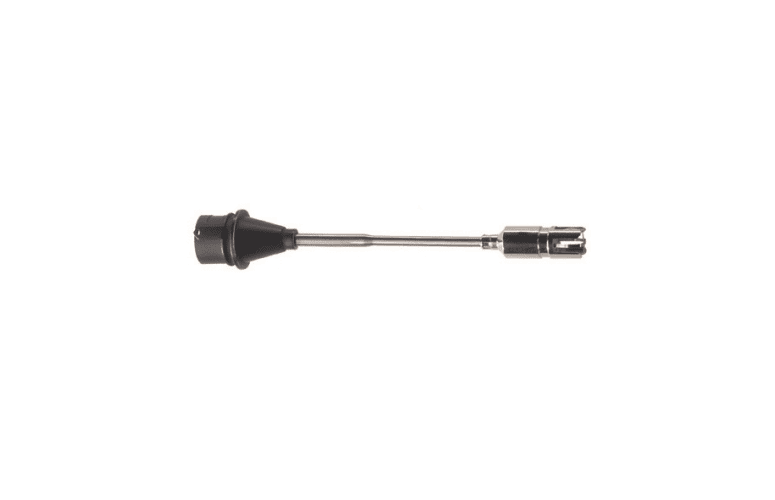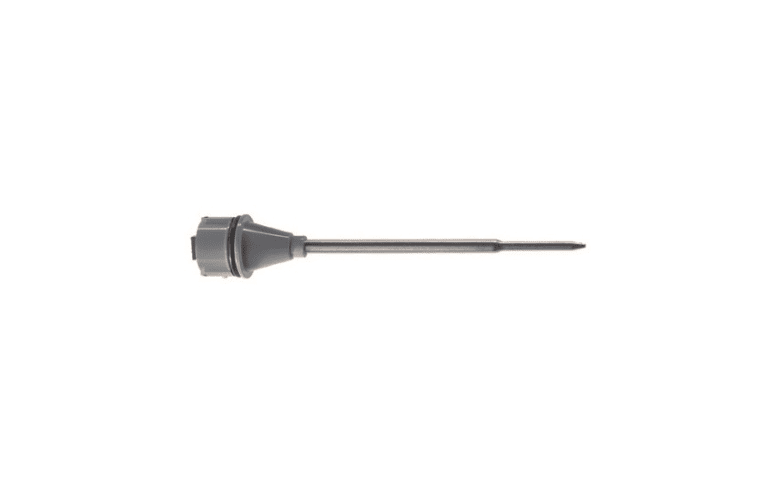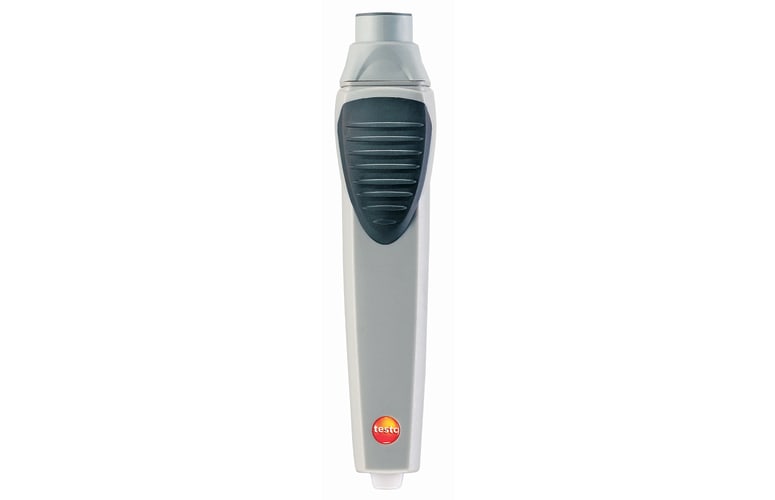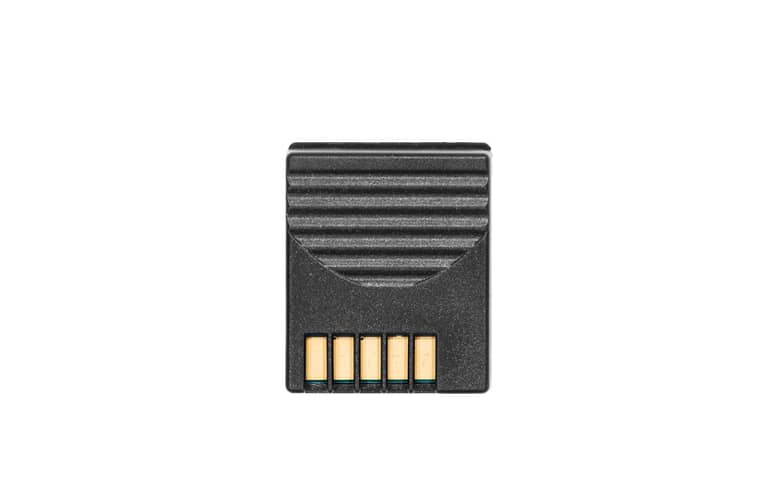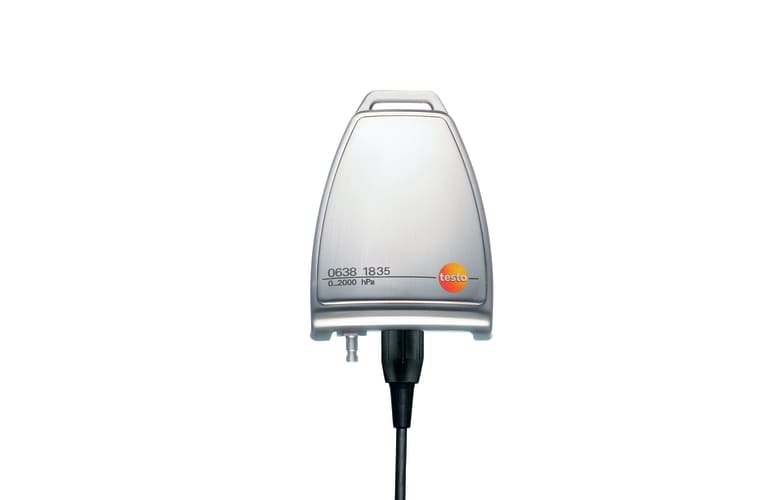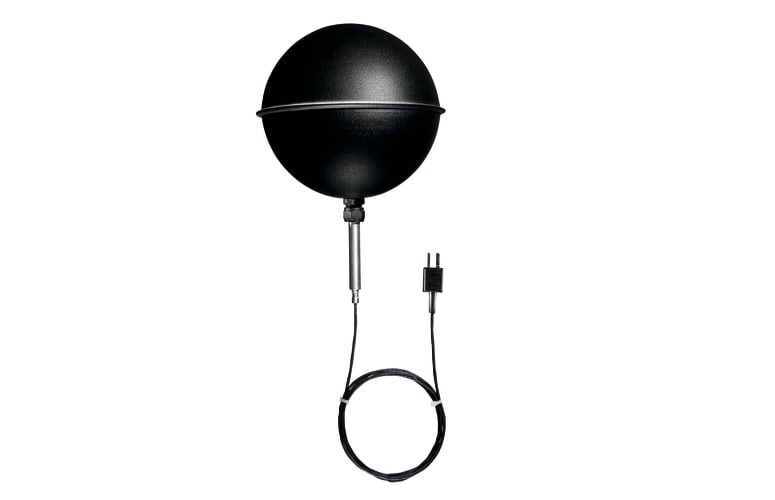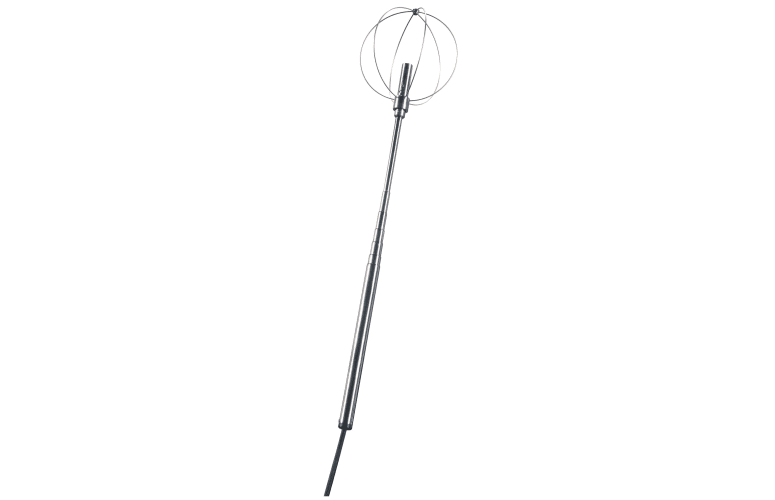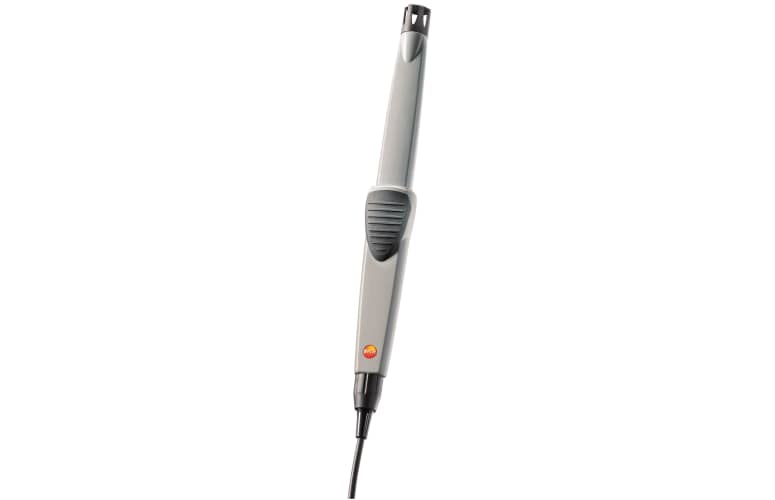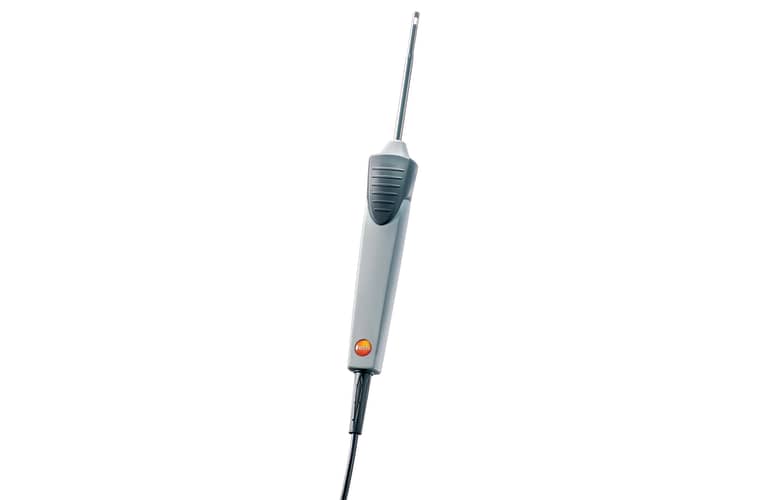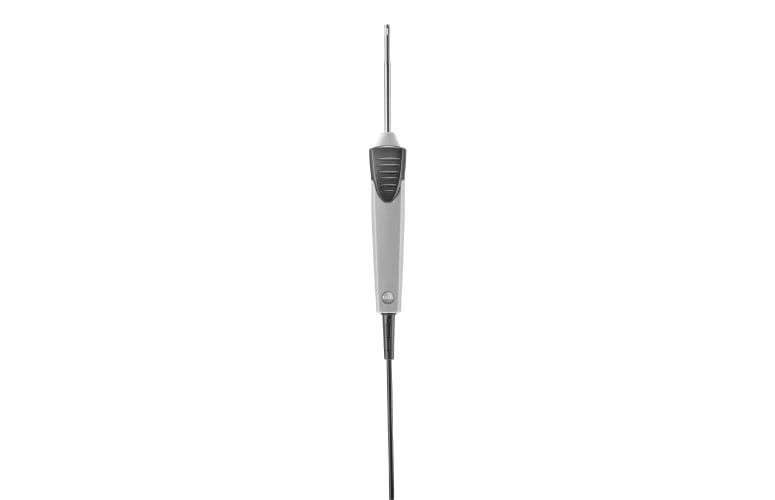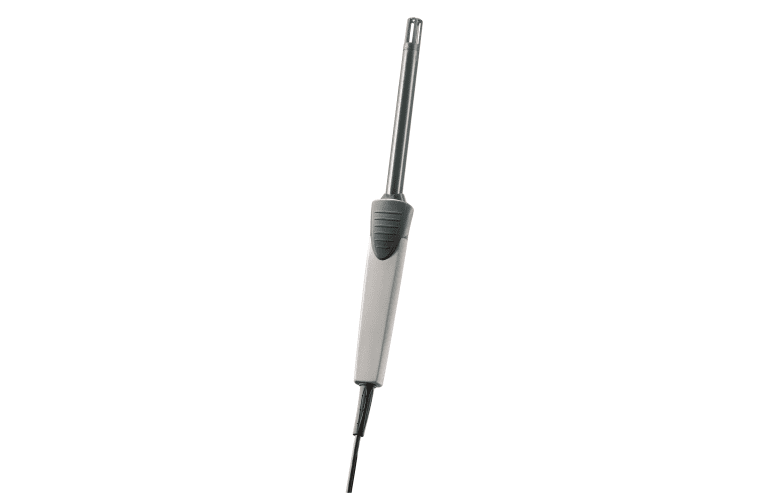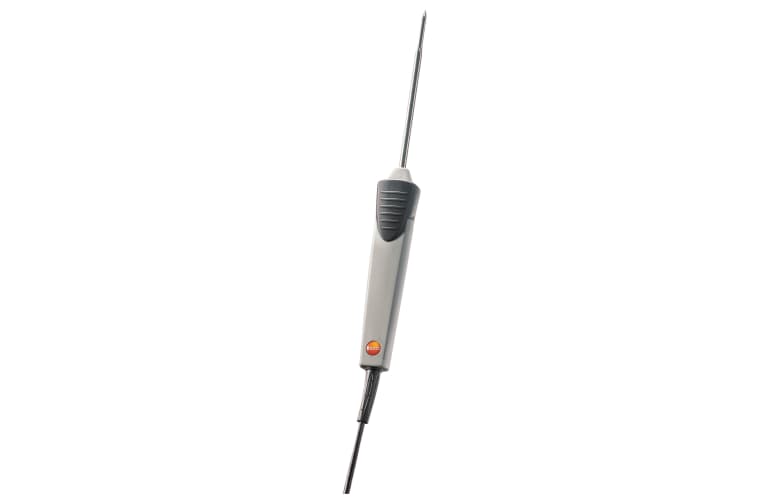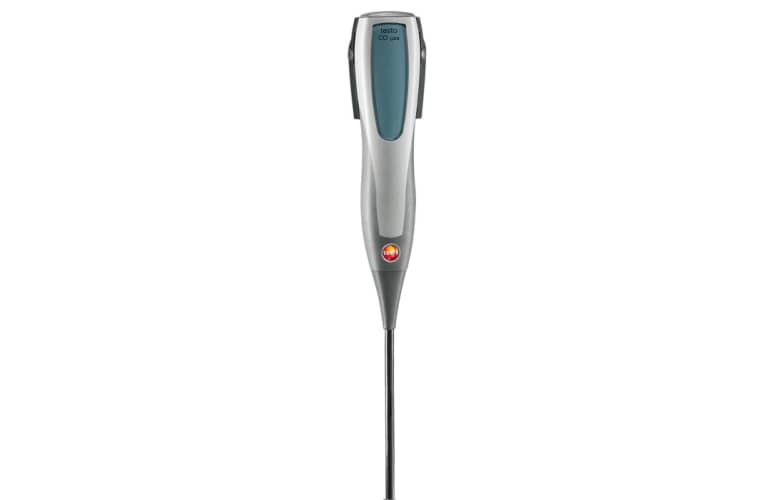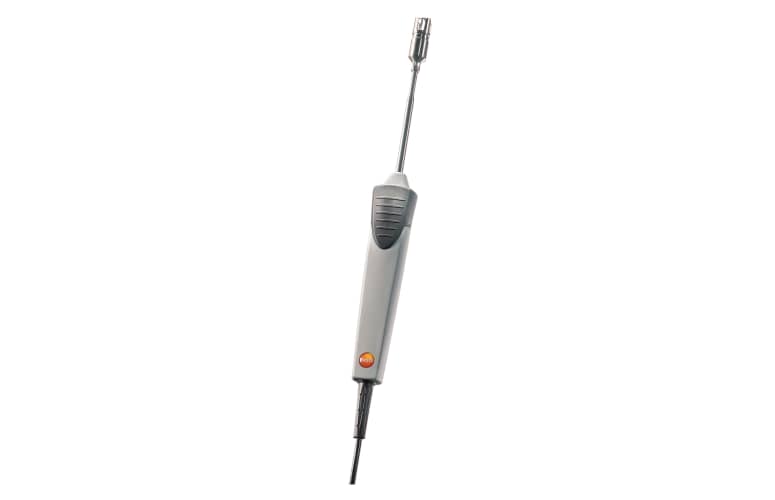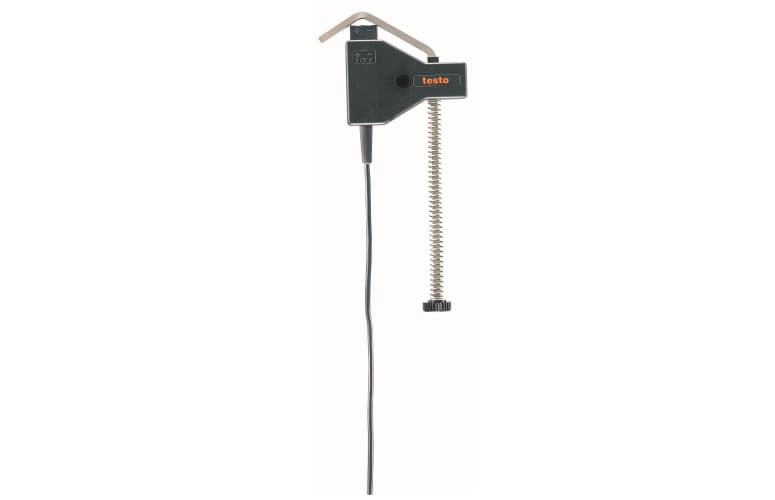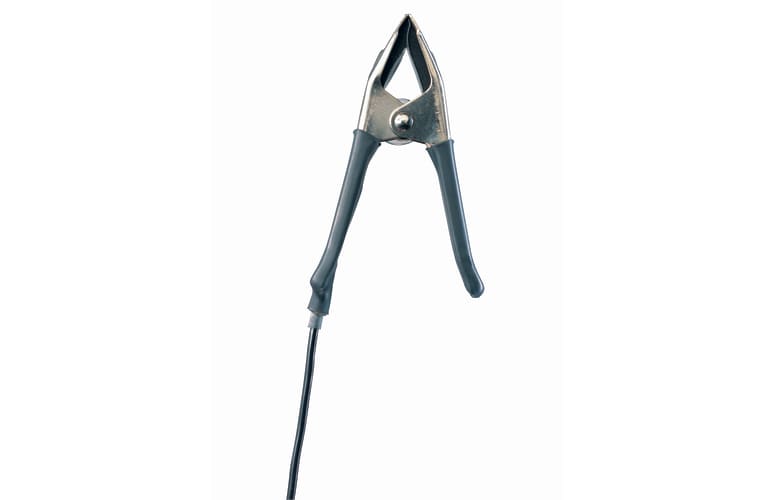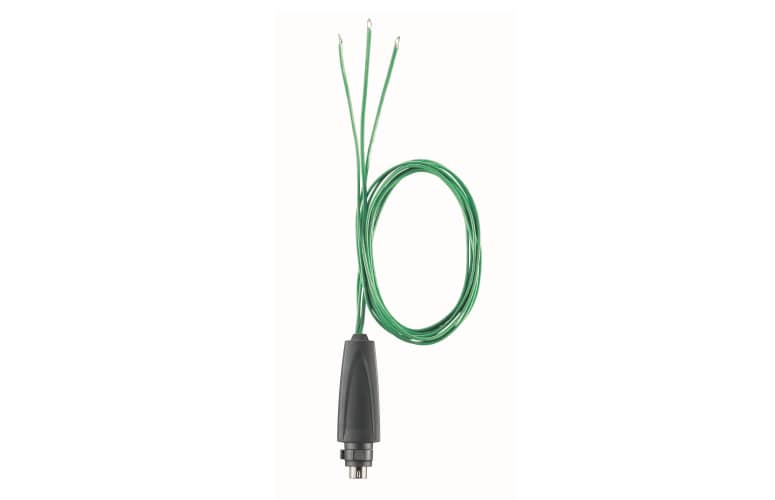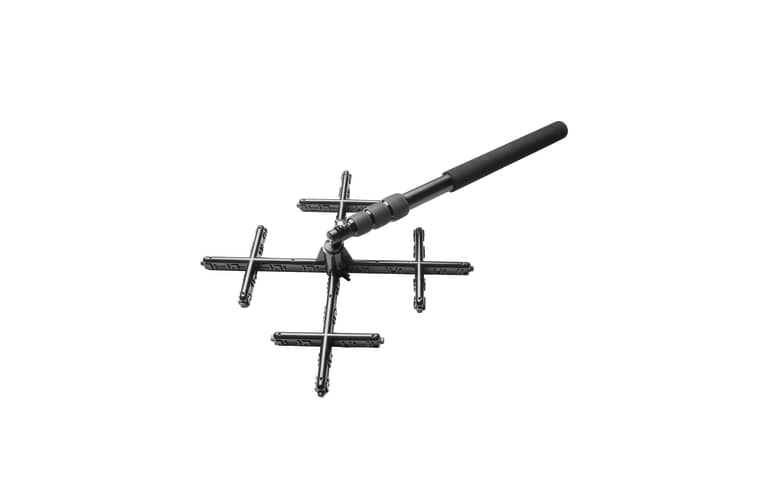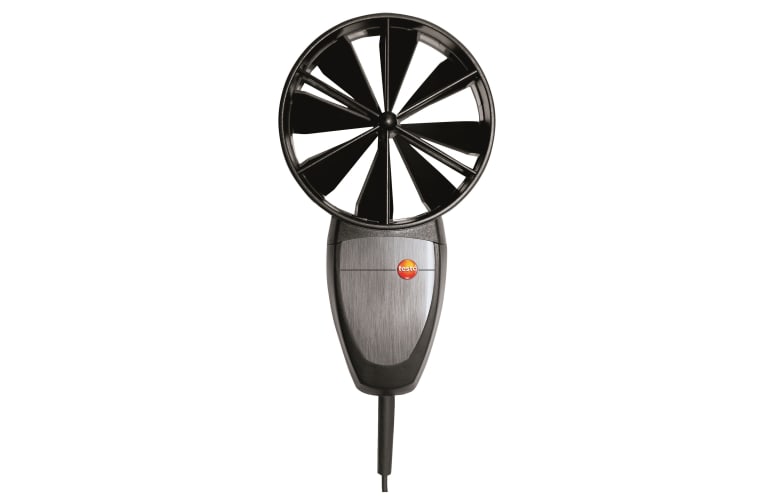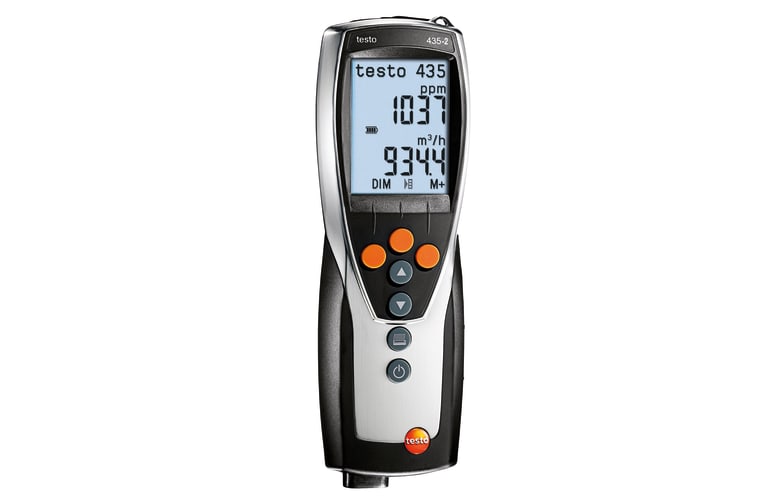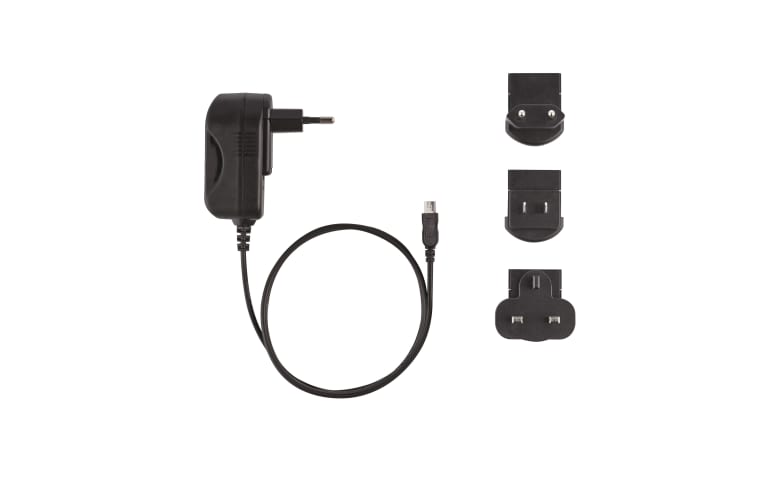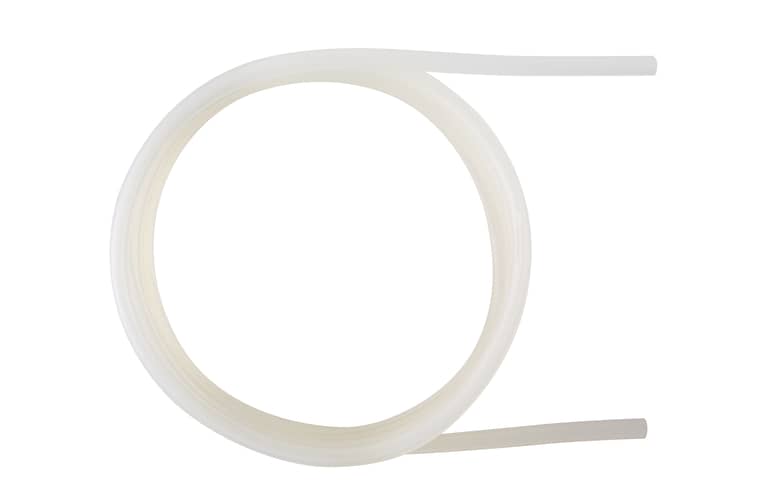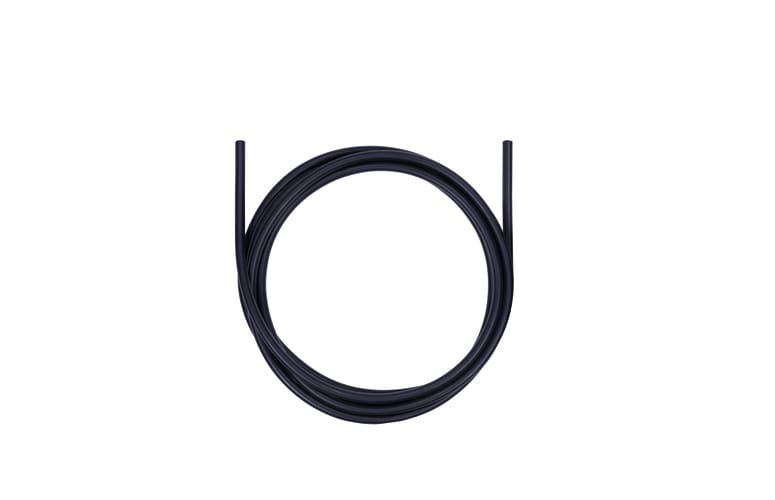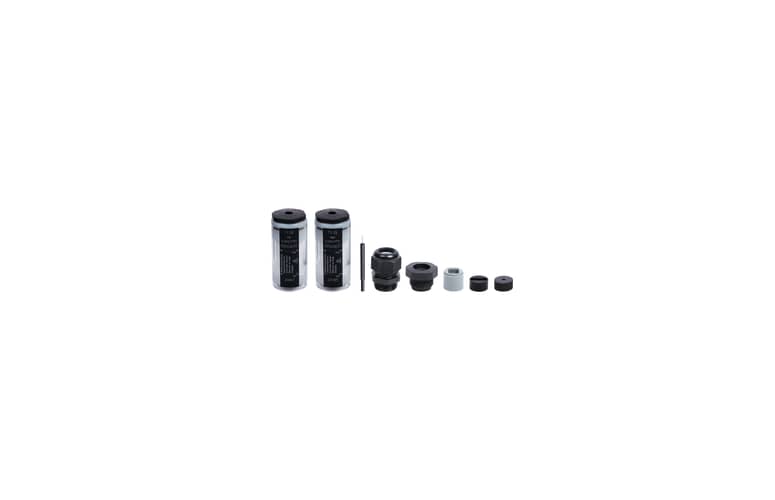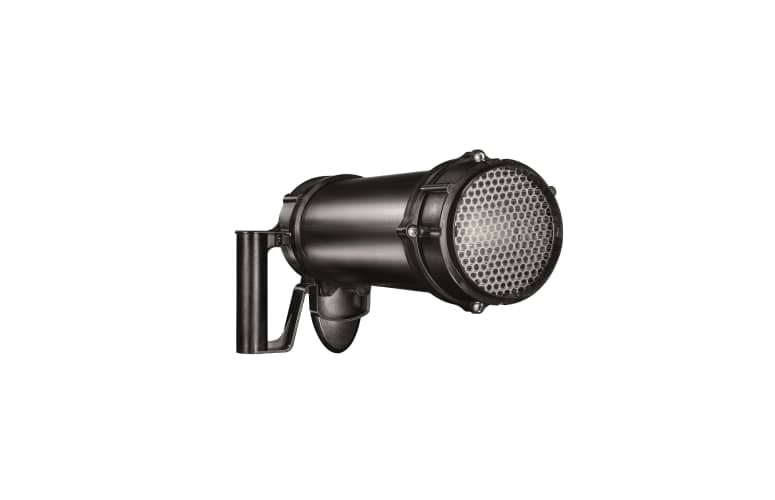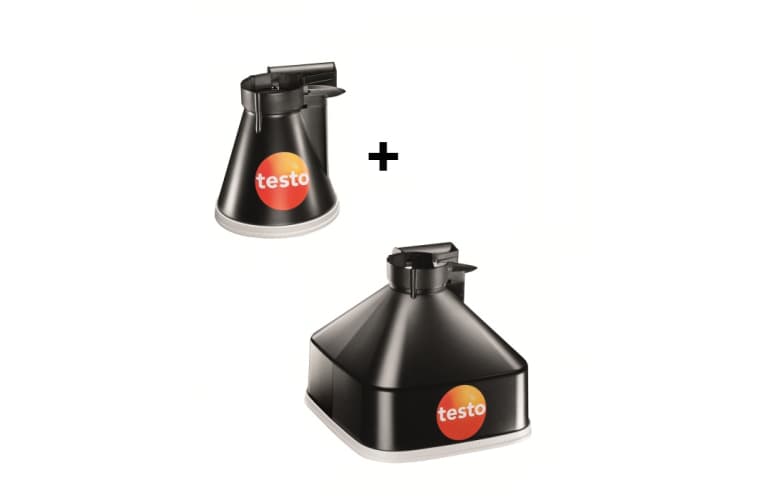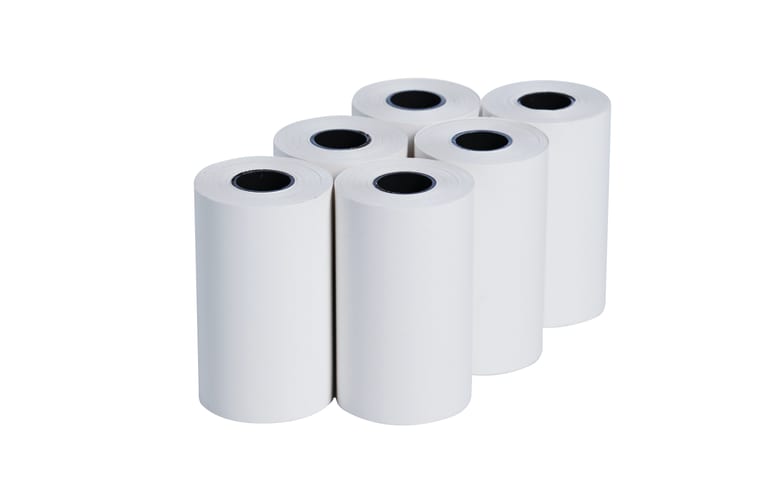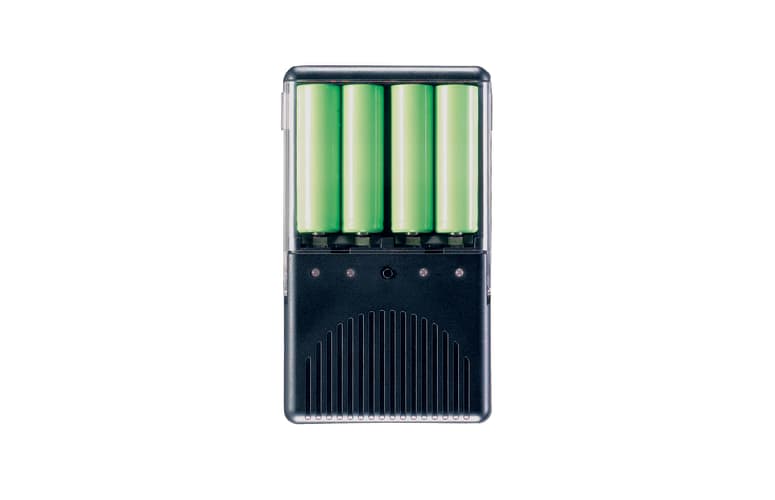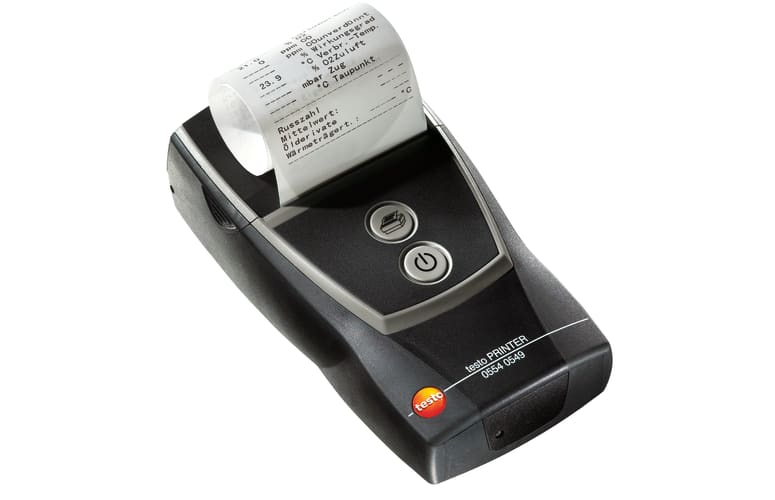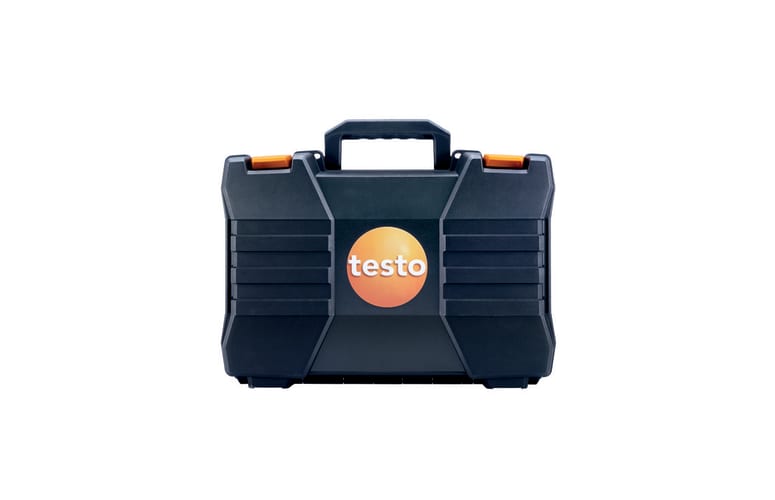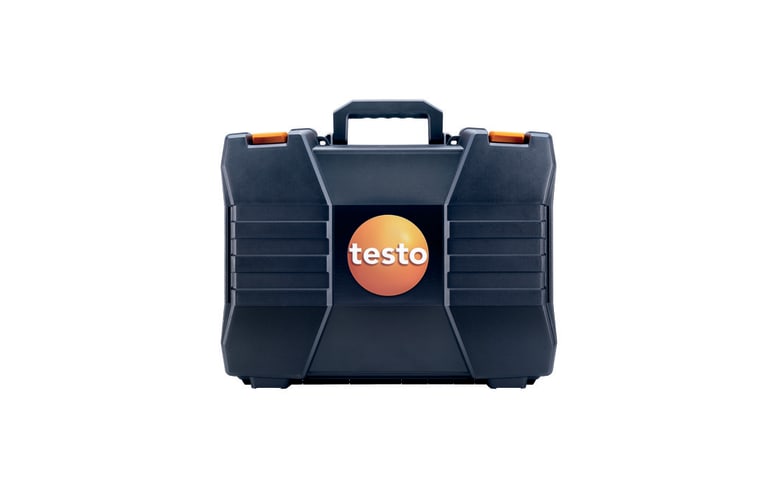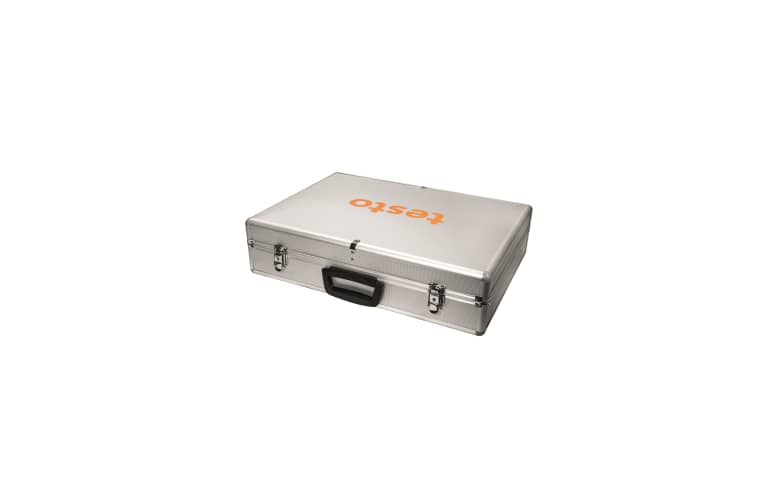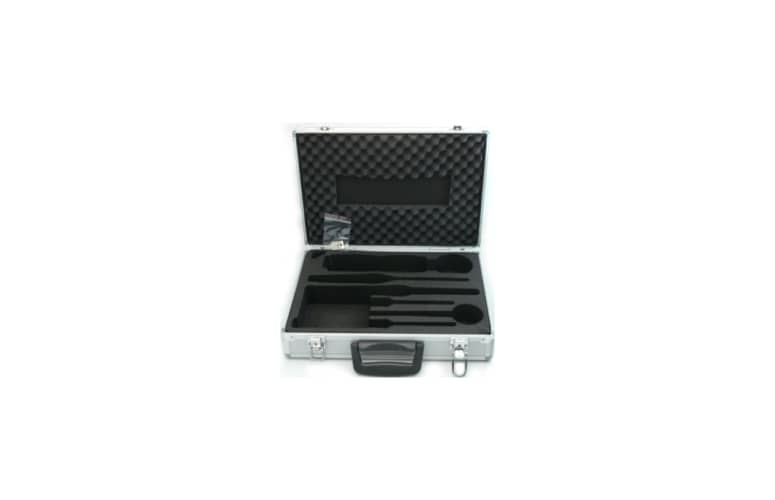L’appareil de mesure multifonctions testo 435-2 a été développé pour vous faciliter le contrôle des systèmes de ventilation et de climatisation et à évaluer la qualité de l’air intérieur, grâce à des menus dédiés.
Mais c’est vous qui décidez quelles mesures votre appareil doit effectuer. Les sondes optionnelles suivantes sont à votre disposition – composez votre équipement à votre convenance en commandant directement les sondes que vous désirez.
Sondes connectables (en option) pour évaluer la qualité de l’air intérieur
- Sonde IAQ (Indoor Air Quality) : elle vous aide à évaluer la qualité de l’air intérieur en mesurant le CO2, la température et l’humidité de l’air et la pression absolue
- Sonde de paramètre de confort : elle mesure le degré de turbulence selon la norme EN 13779 et vous indique la vitesse d’air de manière objective
- Sonde à boule noire pour mesurer la chaleur radiante
- Sonde lux pour mesurer l’intensité lumineuse
- Capteur de température/d’humidité pour évaluer le confort thermique
- Sonde de CO ambiant pour mesurer la concentration de CO dans les pièces et bâtiments
- Capteur d’immersion/de pénétration pour mesurer la température d’air et de surface
- Capteur de température pour détermination du coefficient U
Sondes connectables (en option) pour régler et contrôler les systèmes de climatisation et de ventilation
- Sonde thermo-anémométrique avec capteur de température et humidité intégré pour mesurer la vitesse et le débit d’air dans les conduits de ventilation
- Sonde à hélice de petit diamètre (Ø 16 mm) pour mesurer la vitesse et le débit d’air dans les conduits de ventilation
- Sonde à hélice de grand diamètre (Ø 100 mm) pour mesurer la vitesse et le débit d’air à la sortie du conduit d’air ; en combinaison avec les cônes de mesure testovent 417, elle vous aide à effectuer des mesures directement aux bouches d’extraction; en combinaison avec le redresseur de débit volumique, elle permet des mesures aux diffuseurs giratoires
- Capteur d’immersion/de pénétration pour mesurer la température d’air et de surface
- Capteur de température/d’humidité pour effectuer des mesures dans les conduits de ventilation
- Sonde de pression absolue
En plus des sondes filaires, vous pouvez également connecter jusqu’à trois sondes radio à l’appareil de mesure multifonctions : grâce au module radio optionnel, les mesures de température et d’humidité sans fil sont possibles jusqu’à 20 m de distance (à l’extérieur). De cette manière vous éviter d’endommager le câble et les gênes occasionnées lors des manipulations.
Les mallettes de transport, disponibles en option, vous offrent la place nécessaire pour l’appareil de mesure multifonctions testo 435-2 et toute sa gamme de sondes.
Technologie complexe, manipulation facile
L’appareil de mesure multifonctions testo 435-2 est très simple d’utilisation et efficace. Vous n’aurez plus besoin de programmations compliquées de l’appareil.
La manipulation est rendu facile grâce aux menus qui correspondent aux sondes connectées. De la même manière vous profiterez aussi des profils d’utilisateurs qui sont enregistrés dans l’appareil pour les applications typiques de mesure dans les gaines et de mesure IAQ. Vous pouvez enregistrer jusqu’à 10 000 valeurs de mesure et transmettre les données à votre ordinateur, tout simplement à l’aide du câble USB fourni avec la livraison. Le logiciel de PC, également fourni, permet de documenter et d’archiver toutes les données et programmes de mesure, comme p. ex. la mesure en gaines. Utilisez la fonction édition de rapport pour présenter à votre client les données enregistrées pendant les mesures en gaines, les mesures à long terme ou les mesures du degré de turbulence. De plus, vous pouvez utiliser l’imprimante testo (en option) pour imprimer rapidement les mesures directement sur site.
Le grand écran rétroéclairé garantit une bonne lisibilité de toutes les valeurs mesurées. Entre autre, l’appareil de mesure multifonctions affiche le point de rosée ainsi que les valeurs min, max et moyen. Le boîtier IP54 protège l’appareil contre les chocs.
Contenu
Appareil de mesure multifonctions testo 435-2 avec mémoire des valeurs mesurées, logiciel PC, cordon USB, certificat d’étalonnage et piles.
Attention: Cet appareil de mesure a besoin d'une sonde (non fournie) pour son utilisation.
